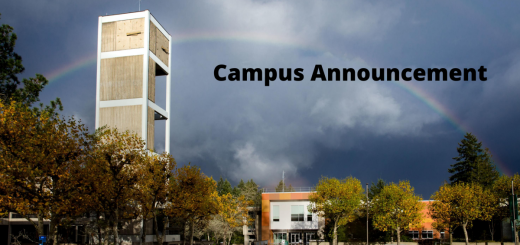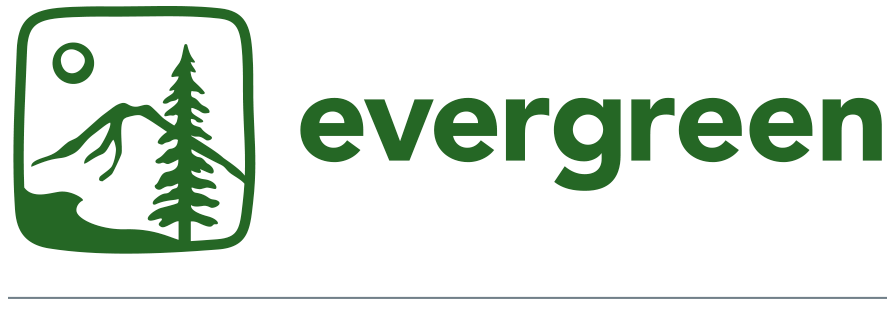On-The-Spot Student Feedback | Tech Teaching Tips from Timothy Corvidae
This month I want to highlight some methods for getting on-the-spot student feedback after our online learning sessions, to help us be in touch with what is really going on in our online learning communities and to guide improvement in our teaching and course design right as it’s needed and for future iterations of a course.
My favorite format for this is the Critical Incident Questionnaire, popularized by Stephen Brookfield many years ago. Some of us don’t love the name, because it evokes emergency response settings which could be confusing; go ahead and call it something else, I’m just crediting its origin story here. It’s an oldie but a goodie; I haven’t seen a format I like better.
The questions are:
- At what moment during this class session did you feel most engaged with what was happening?
- At what moment in this session were you most distanced from what was happening?
- What action that anyone (teacher or student) took during this session did you find most affirming or helpful?
- What action that anyone took during this session did you find most puzzling or confusing?
- What about this class session surprised you the most? (This could be about your own reactions to what went on, something that someone did, or anything else that occurs).
You can tweak the wording to fit the format of your class or program, obviously, but I recommend trying out these exact questions. The logic (in my view) of these particular questions is that we get more meaningful feedback by asking students to examine specific moments than if we were to ask broader questions about what worked or didn’t work. They usually still provide the broader feedback, or we can infer it from what they say. But by asking them to reflect on moments, they begin to see the overall experience as constructed by many choices made by you, them, and each other, over the course of the session. This sets you all up to be conscious of opportunities to make better and better choices as you engage, over the course of the quarter.
I recommend doing this as an online survey. Give them 5 minutes in class at the end of class to complete it, or they probably won’t do it. You can use the Microsoft 365 Forms app for creating surveys or you can set this up as a Google Form; just make sure it’s set to receive responses from anyone who has the link, rather than only people with gmail accounts (a good idea in Microsoft too, in case students aren’t logged in). You can create a form once and copy it for each week, so the labor of this will be simple. Here‘s one I’ve made (this is the user view). To make a copy to use yourself, use this link, click on the three dots at the top right of the screen, choose “collaborate or duplicate” and then choose “get a link to a duplicate.” Copy the link into your browser, and it will take you to a new page. Click “Duplicate It” at the top of the screen, and voila! You have a new form you can rename and use.
It takes 20 minutes or so to review the results, and what you glean can inform how you design the next class session. It’s a good idea to provide the students with at least a brief summary of what you took from their responses, and to address any concerns or ideas you feel warrant that. This can be done at the beginning of the next session, or via an announcement in Canvas (these are really valuable tools for maintaining instructor presence between sessions, and if you’re into it you can record these as a video announcement; students love that). Sometimes an incident surfaces that warrants further addressing in class, and this is a golden opportunity for a learning community. By finding this out in a timely but asynchronous way, you can plan for how to engage the community constructively when you’re together again.
Another format that focuses more on individual learning is the minute paper. I think the Critical Incident
Questionnaire is just wonderful–you get such rich information and a sense of community accountability–but you may want to consider mixing these up or picking from these questions for different sessions. Minute papers can also be used in the midst of class, or even at the beginning. Using them frequently throughout the quarter is a way of building in metacognitive active learning as a community habit.
Here are some helpful tips about managing minute papers online (these tips could apply equally to Critical Incident Questionnaires).



